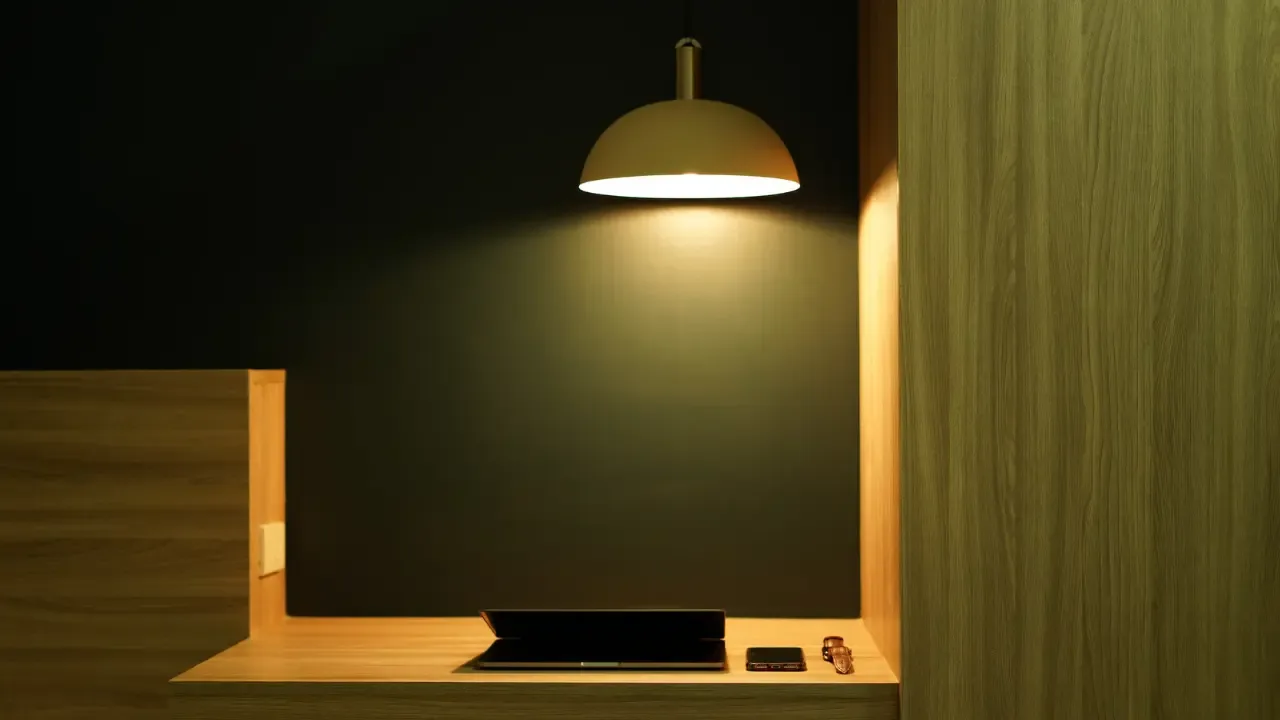CSS to make HTML page footer stay at bottom of the page with a minimum height, but not overlap the page

📝 The Perfect CSS to Keep Your Page Footer at the Bottom without Overlapping 🚀
Are you struggling to make your webpage footer stay at the bottom of the page while maintaining a minimum height and avoiding content overlap? We've got you covered! In this blog post, we'll address common issues and provide easy solutions to achieve your desired outcome. Let's dive in! 💪
The Problem: Footer Positioning that Just Won't Behave 😩
You have a webpage with a stubborn footer that refuses to stay at the bottom of the page, no matter what you try. Additionally, you want the footer to remain at the bottom of the viewport when the page is short and move down as normal when there is more content, without overlapping the page content.
Analyzing the CSS Inheritance Challenge 🔍
The first hurdle you mentioned is the inherited CSS, which can be quite befuddling. In this case, we need to override the existing CSS properties to achieve the desired result. Let's break it down step by step.
Solution 1: Using Flexbox for Smooth Footer Positioning 🧩
One of the easiest and most effective ways to tackle this problem is by utilizing CSS Flexbox. Add the following styles to your CSS file:
html, body {
height: 100%;
margin: 0;
padding: 0;
display: flex;
flex-direction: column;
}
.content {
flex: 1 0 auto;
}
.footer {
flex-shrink: 0;
}Let's walkthrough what each line does:
We set the height of the html and body elements to 100% to ensure the content fills the entire viewport.
The
display: flex;property turns the container (html and body) into a flex container.By specifying
flex-direction: column;, we ensure the children of the container stack vertically.The
.contentclass represents your main page content. Theflex: 1 0 auto;property assigns flexible space to the content, allowing it to grow without causing overflow.Finally, the
.footerclass is assigned to your footer element. We useflex-shrink: 0;to prevent it from shrinking, ensuring it remains at the bottom of the viewport.
Solution 2: Sticky Footer Magic with Positioning 🧙♀️
If flexbox isn't compatible with your project or you prefer a different approach, fear not! We have another solution for you. By utilizing CSS positioning magic, you can achieve the same desired effect. Add the following styles to your CSS:
html, body {
height: 100%;
margin: 0;
padding: 0;
}
.content {
min-height: calc(100% - [footer-height]);
margin-bottom: [footer-height];
}
.footer {
position: fixed;
bottom: 0;
width: 100%;
height: [footer-height];
}Now let's break down this solution:
Similar to the previous solution, we set the height of the html and body elements to 100%.
The
.contentclass now has amin-heightproperty set to the viewport height minus the height of your footer. This ensures the content area remains above the footer without overlap.margin-bottomis set to the height of your footer, creating space between the content and footer.For the
.footerclass, we assignposition: fixed;to make it stick at the bottom of the viewport.By setting
bottom: 0;, we ensure the footer stays at the very bottom.width: 100%;ensures the footer spans the entire width of the page.Finally, set
height: [footer-height];to define the desired height for your footer.
Test and Iterate 🧪
Implement the solution that suits your needs best, and test it in your project. Don't worry if it doesn't work perfectly on the first try! Web development is a process of iteration and improvement. Tweak the CSS properties as necessary until you achieve the desired result.
Now You're Ready to Empower Your Webpages! 🎉
With these solutions, you can now effortlessly make your page footer stay at the bottom without overlapping your content. Say goodbye to tedious CSS struggles! Choose the approach that suits your project best, and start implementing it today.
If you found this blog post helpful, don't forget to share it with your fellow developers! Let us know your thoughts and experiences in the comments below. Happy coding! 💻💬


